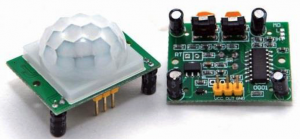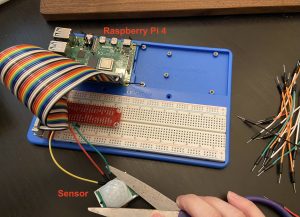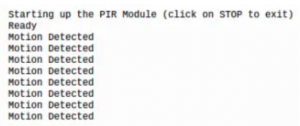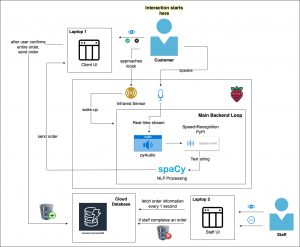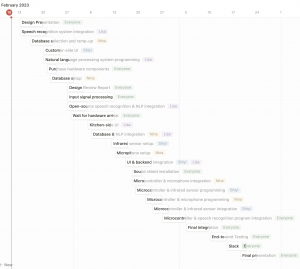Personal Accomplishment
On Wednesday, I presented my group’s design review presentation and received valuable feedback.
After following up on our request for AWS credit, I was told that we should use a free, open source database instead of AWS DynamoDB. As a result, I spent some time experimenting with Replit, the database an instructor recommended, and Redis. However, the free version only allows us to create public repositories, which could result in academic integrity issues, so I ended up choosing Redis. While Redis is built to support storage of complex data structures, it works perfectly well with small-scale, simple key-value pairs we are planning on storing, too. In addition, because it is an open source database, there are many sample projects and usages that we can draw inspiration from.
As of now, I have finished setting up the cloud database and written skeletal Python code for simple data insertion, removal, and modification.

I will follow up with a more detailed storage model design in my next status report and our design review report.
About Schedule
Since we switched to Redis Database in the middle of the week, I have fallen behind schedule. However, because our project only relies on a few basic functionalities that are common among most noSQL cloud databases, this change won’t require a drastic change in our design.
Plans for Next Week
Other than crafting the design review report, I will create object classes representing customer orders and related subcategories in Python, which will match how they are stored in the cloud database. Completing this will allow us to integrate the cloud database with our NLP algorithm, which Lisa is still in the process of fine tuning.


